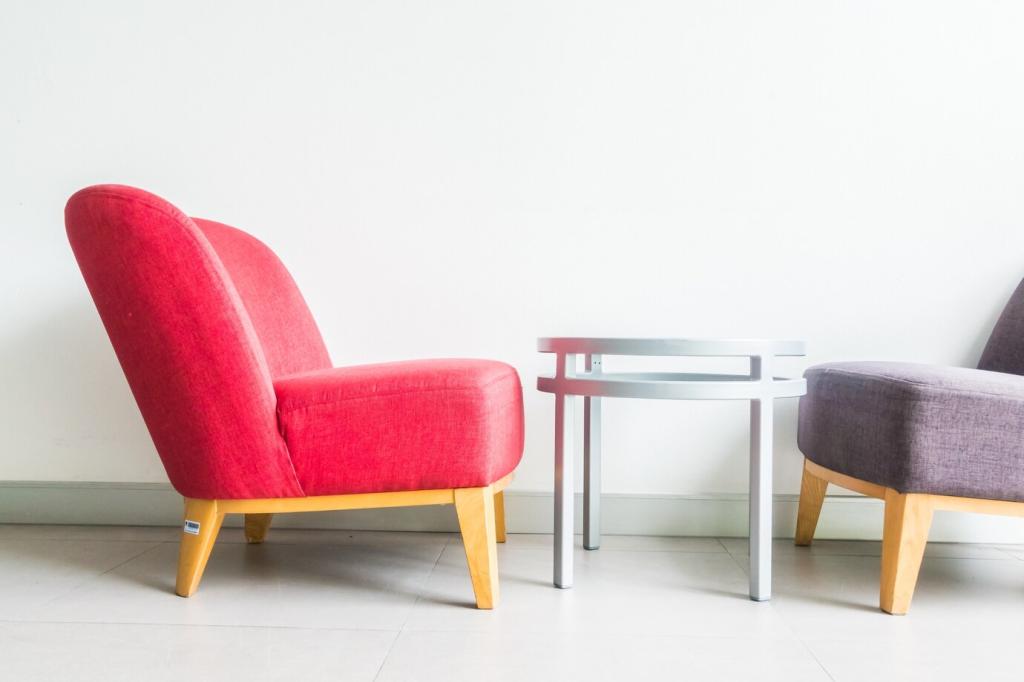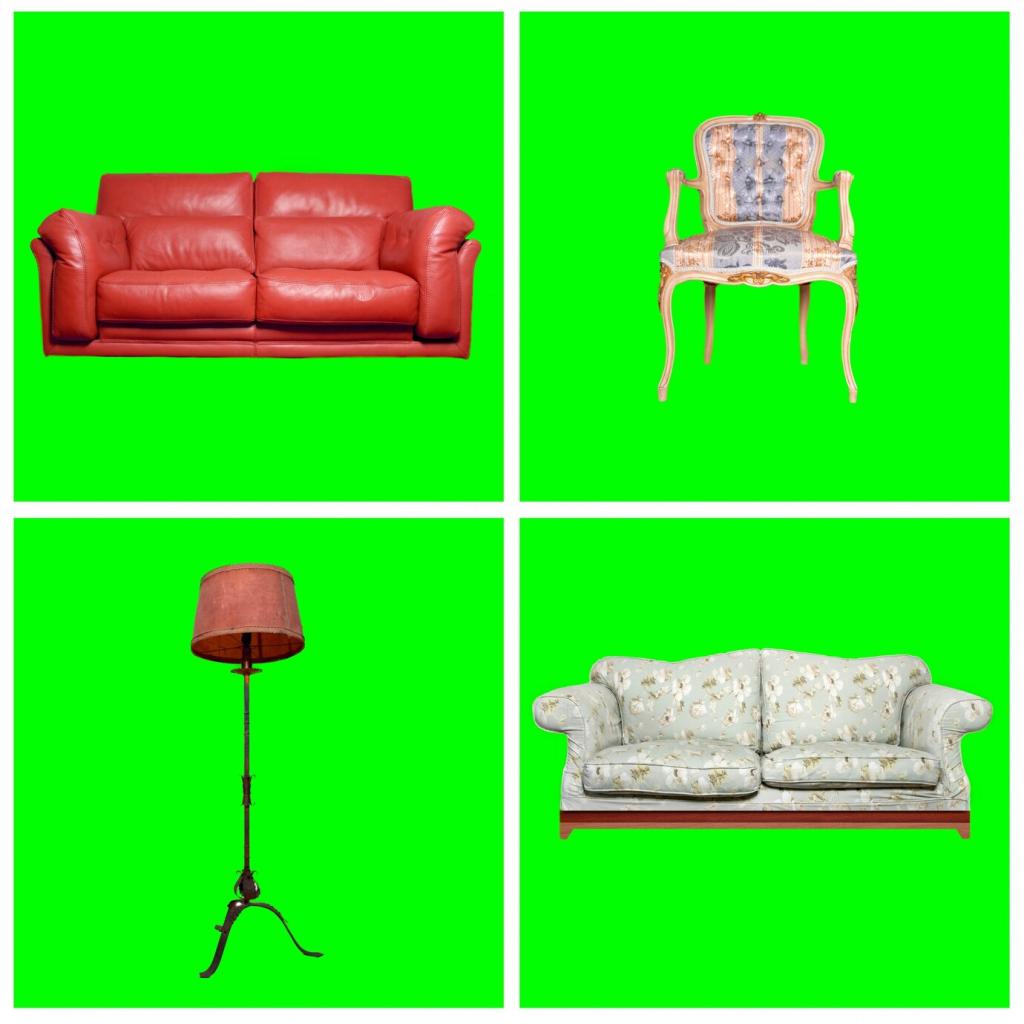Today’s chosen theme: Evolution of Upholstered Furniture Across Continents. Journey with us through palaces, caravansaries, ateliers, and living rooms to see how cultures shaped comfort—then share your stories and subscribe for future heritage-rich explorations.
From Courts to Carpets: Early Upholstery Across Continents
In Renaissance and Baroque Europe, horsehair stuffing, linen scrims, and eventually hand-tied coil springs turned benches into thrones of daily life. Chairs announced rank; embroidered damasks whispered lineage. Tell us: which historic detail fascinates you most?
From Courts to Carpets: Early Upholstery Across Continents
Across Japan and parts of China, comfort meant layered padding—futons, zabuton, and silk cushions—adapting to floor-centric living. While not always fully upholstered, textiles, lacquers, and brocades delivered plushness with restraint. Would you adopt low-seating comfort at home?
From Courts to Carpets: Early Upholstery Across Continents
In Ottoman and MENA interiors, long divans ringed rooms, piled with kilim-covered bolsters and camel-hair stuffing. Conversation, tea, and hospitality shaped dimensions and density. Share your favorite majlis memory or textile pattern that speaks welcome.
Trade Winds and Cultural Crossovers
Colonial workshops fused Spanish carpentry with Indigenous weaving, producing cedar-framed, textile-rich settees. A family in Oaxaca still reupholsters a great-grandfather’s bench each Día de los Muertos. What heirloom seating holds your family’s celebrations?
Trade Winds and Cultural Crossovers
From Istanbul to Sarajevo, the divan’s DNA adapted to local woods and wool. Carved aprons met striped textiles; hospitality remained constant. Do you notice Ottoman lines in your favorite contemporary sofas or benches?
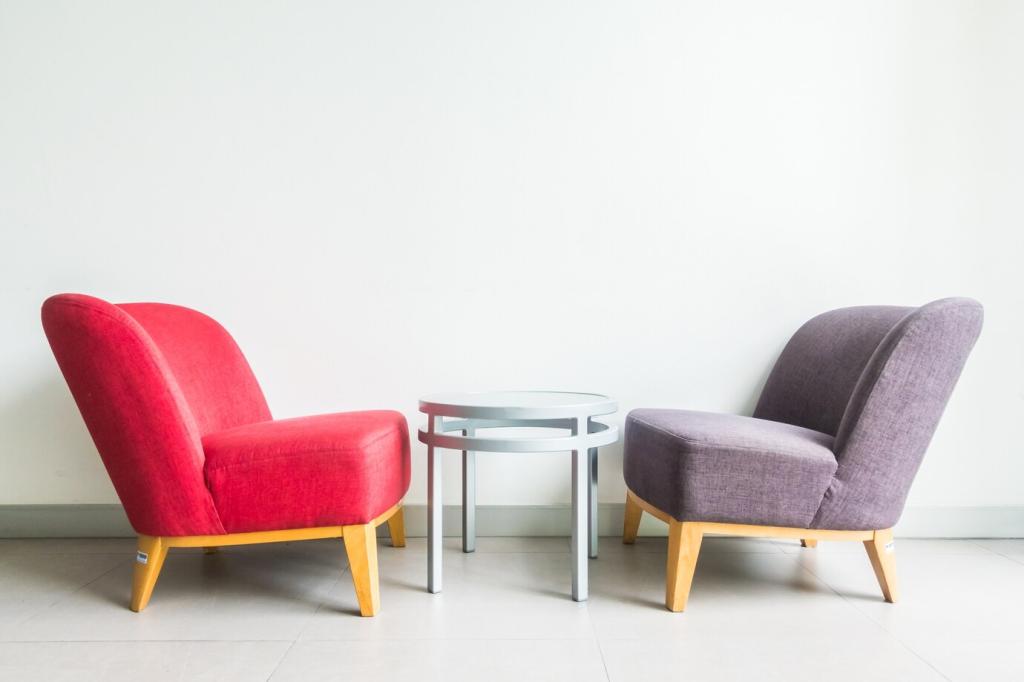

Techniques That Transformed Comfort
Nineteenth-century artisans perfected hand-tied coil springs over jute webbing, balancing resilience and elegance. The result: deeper seats, reliable bounce, and quieter rooms. Ever sat on a creaky antique? Tell us how the feel compared.
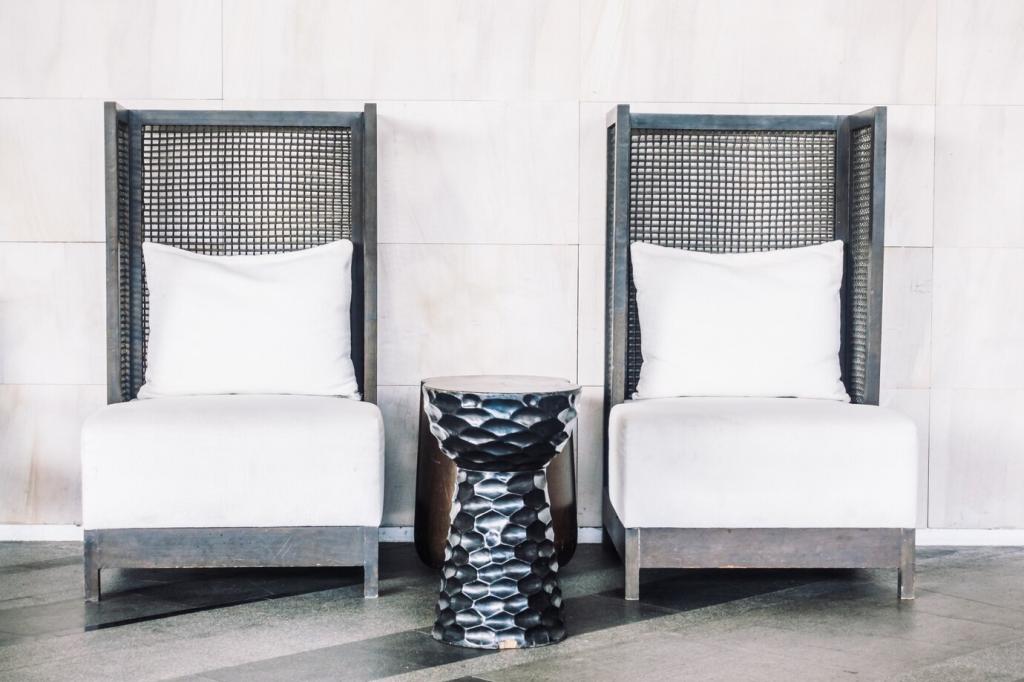
Iconic Pieces That Tell Continental Stories
Leather, tufting, and rolled arms turned the Chesterfield into an emblem of clubby debate and quiet confidence. Legend says a duke commissioned it to sit upright without wrinkling. Which room would you crown with one?
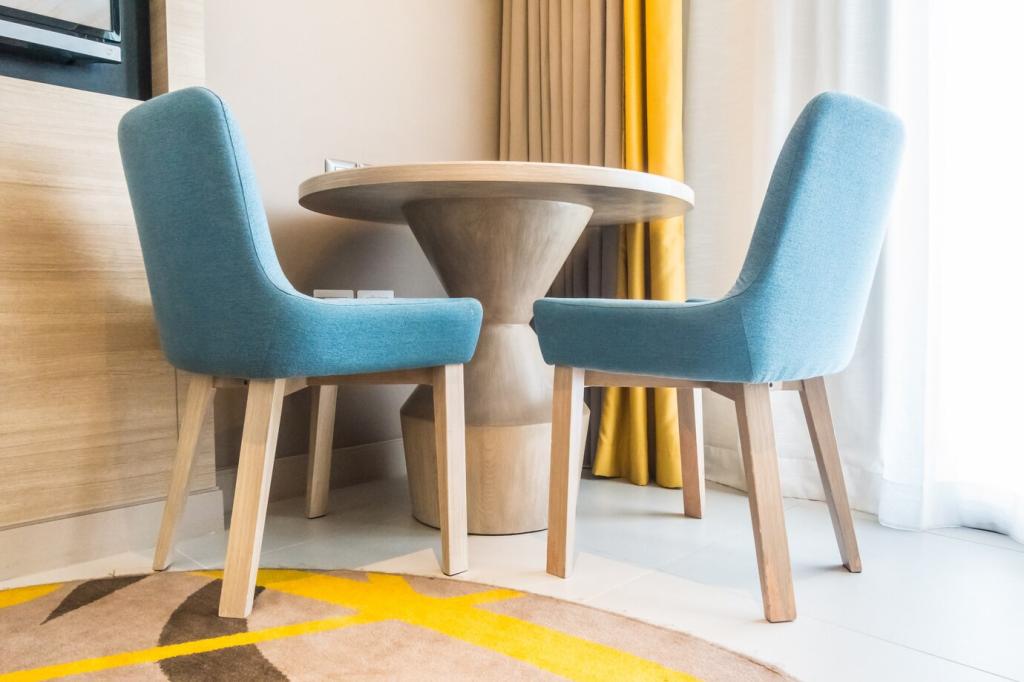
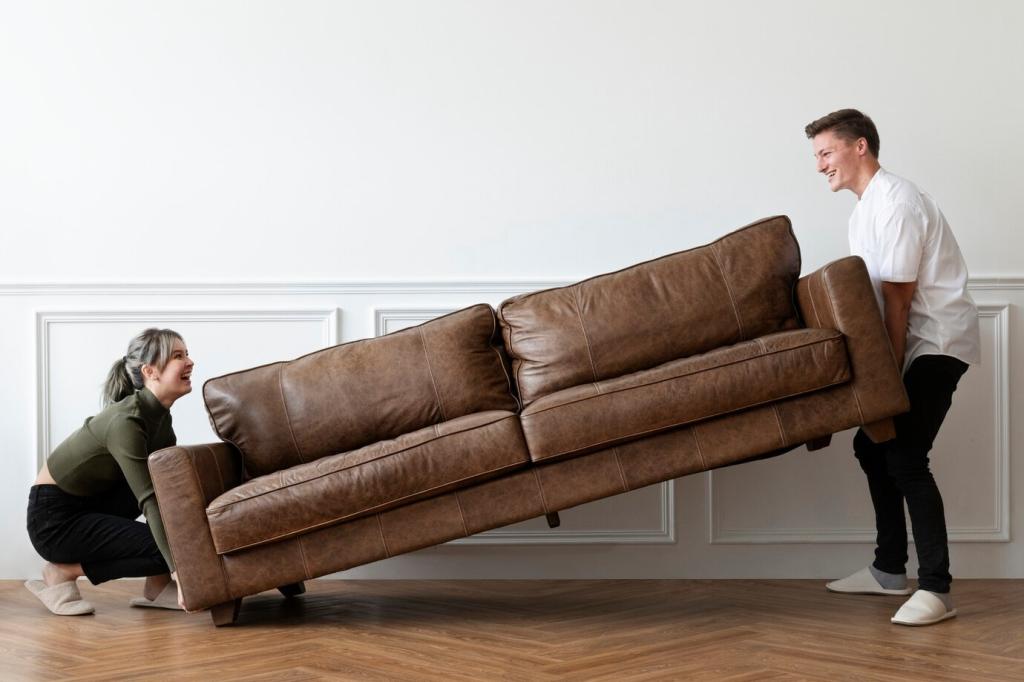
Iconic Pieces That Tell Continental Stories
Named for an empire, this low upholstered piece traveled from divan-side companion to global staple. It stores blankets, hosts trays, cushions feet. Share how your ottoman multitasks, and what fabric makes it sing.
West African Indigo and Modern Sofas
Indigo resist-dye techniques inspire contemporary upholstery, from mudcloth-inspired prints to deep-blue linens. The result feels grounded, storied, and confident. Would you anchor a living room with indigo, or sprinkle it as accent pillows?
Andean Alpaca, Warmth Without Weight
In high altitudes, alpaca’s silky loft warms benches and armchairs without heaviness. Handwoven textiles bring subtle luster and resilience. Tell us: would alpaca trim or a full throw suit your reading nook best?
Indian Brocades and Jacquards: Festival Indoors
Gold-threaded brocades once lit courts; today, jacquards echo those motifs in durable blends. A single brocade cushion can shift a sofa’s mood to celebratory. Subscribe for fabric spotlights and sourcing stories.
The Global Future: Sustainability and Local Roots
From mycelium cushions to pineapple-fiber leathers, labs meet ateliers to reduce petroleum reliance. Performance improves yearly. Would you trade classic leather for plant-based alternatives if they aged beautifully and breathed well?
The Global Future: Sustainability and Local Roots
Across continents, workshops revive frames, swap webbing, and replace tired foam with natural fills. A Nairobi studio recently saved a 1950s sofa for a new generation. Share a piece you’d love to reimagine.
